The Bharatiya Janata Party (BJP) in West Bengal is poised at a critical juncture as it appoints its new state president, seeking to revitalise its cadre base and voter confidence ahead of crucial municipal elections and the 2026 Assembly polls. While the party once rode on the momentum of emerging as the primary opposition force against the ruling Trinamool Congress (TMC), its organisational challenges today appear multi-layered and deeply structural.
Core Challenges Facing The New Leadership
1. Factionalism Threatening Unity
The intra-party rift within the West Bengal BJP has been one of its most visible weaknesses post the 2021 Assembly election defeat. Key factions include:
- Old guard: Loyalists who built the party’s base over two decades.
- Turncoat group: Leaders who joined from TMC and Left ahead of 2019 and 2021 polls.
- Youth cadre block: Young karyakartas demanding greater representation in strategy and candidate selection.
| Faction | Key Leaders | Core Demand | Perceived Weakness |
|---|---|---|---|
| Old Guard | Dilip Ghosh, Rahul Sinha | Return to grassroots Hindutva-centric narrative | Seen as rigid and less inclusive |
| Turncoat Group | Suvendu Adhikari, Mukul Roy (formerly) | Retain prominence in state leadership | Questioned loyalty and credibility |
| Youth Cadre Block | Various district leaders | Leadership roles and candidate tickets | Lack of electoral experience |
2. Narrative Clarity Missing
The absence of a clear ideological and electoral narrative beyond anti-TMC positioning has cost the BJP dearly in bypolls and panchayat elections. While Hindutva mobilisation helped increase vote share in 2019 Lok Sabha polls, it failed to translate into decisive Assembly gains without localised development messaging.
Key voter feedback indicates:
- Perception of BJP as an outsider party due to leadership reliance on Hindi-belt models.
- Failure to articulate employment, rural welfare, and cultural pride issues unique to Bengal.
- Over-reliance on central leadership charisma rather than state-specific governance proposals.
3. Cultural Disconnect
Bengal’s intellectual and cultural ethos requires nuanced political communication. The BJP’s branding, despite periodic displays of Bengali symbols like Rabindranath Tagore or Bankim Chandra Chattopadhyay, has not consistently resonated with cultural pride sentiments that Trinamool Congress effectively harnesses.
| Aspect | TMC Strategy | BJP Approach | Gap Analysis |
|---|---|---|---|
| Cultural Connect | Embeds Bengali slogans, folk icons, regional festivals in governance narrative | Sporadic symbolic attempts without continuity | Lack of organic emotional connect |
| Language Dominance | Consistent communication in Bengali with cultural idioms | Hindi-heavy national branding events | Creates perception of non-local agenda |
Organisational Restructuring: The Way Ahead
To address these challenges, the new BJP state chief is expected to:
- Initiate faction reconciliation through structured meetings and responsibilities allocation.
- Launch state-specific narrative building workshops across districts to craft development messages aligned with local aspirations.
- Elevate youth and women leaders into visible campaign roles to broaden demographic appeal.
- Strengthen booth-level committees with focus on polling booth data management, voter contact programmes, and countering TMC’s welfare scheme influence.
Pivot Table: Comparative Electoral Performance
| Election | Vote Share (%) | Seats Won | Outcome Analysis |
|---|---|---|---|
| 2016 Assembly | ~10% | 3 | Minor opposition status |
| 2019 Lok Sabha | ~40% | 18 of 42 | Emerged as principal challenger |
| 2021 Assembly | ~38% | 77 | Failed to breach majority despite gains |
| 2023 Panchayat | ~23% | Limited rural control | TMC dominance in rural belts reaffirmed |
Expert Insights
Political analysts believe the new BJP chief must navigate leadership assertion with grassroots consensus-building. According to Kolkata-based political strategist, Dr. Shibaji Roy:
“BJP in Bengal cannot operate as a Hindi-belt extension. Without understanding Bengal’s cultural idioms and aspirations, electoral success will remain partial.”
Public Sentiment Snapshot
| Demographic | Support Trend | Key Expectation |
|---|---|---|
| Urban middle class | Leaning towards BJP for national integration policies | Economic revival, job creation, infrastructure upgrades |
| Rural poor | TMC stronghold due to direct welfare benefits | Alternative rural schemes and farmer income support |
| Young first-time voters | Fragmented; attracted to newer youth-centric parties | Employment guarantees and local entrepreneurship schemes |
| Women voters | Divided; TMC’s Kanyashree and Lakshmir Bhandar schemes influential | Tailored welfare policies and women leadership visibility |
Table: Immediate Priorities For New State President
| Priority Area | Action Points |
|---|---|
| Factionalism | Reconcile groups; initiate joint planning sessions |
| Narrative clarity | Develop a ‘Bengal development vision document’ |
| Cultural integration | Consistent promotion of Bengali icons, language, folk traditions |
| Poll preparation | Strengthen booth-level committees and digital campaign strategy |
| Women & youth inclusion | Elevate local young faces and women leaders in district units |
National Leadership’s Role
The central BJP leadership is expected to monitor the West Bengal unit’s restructuring closely. Key observers indicate that Prime Minister Narendra Modi and Home Minister Amit Shah’s direct intervention in state campaign planning will continue, but local acceptance will hinge on empowering Bengali-speaking leadership for on-ground credibility.
Conclusion
As the new BJP state president assumes charge, he faces the mammoth task of:
- Healing rifts,
- Defining a cohesive and culturally aligned narrative, and
- Steering the party through an intensely competitive electoral terrain dominated by Mamata Banerjee’s TMC.
The path to the 2026 Assembly elections and 2029 Lok Sabha polls will be shaped by the BJP’s ability to project itself not merely as an opposition force, but as a viable, culturally rooted, and development-driven alternative.
Disclaimer: This news article is for informational purposes only. Readers are advised to verify political statements, data, and party positions independently before forming opinions. The publication does not endorse any political party or viewpoint and strives for balanced, factual reportage.







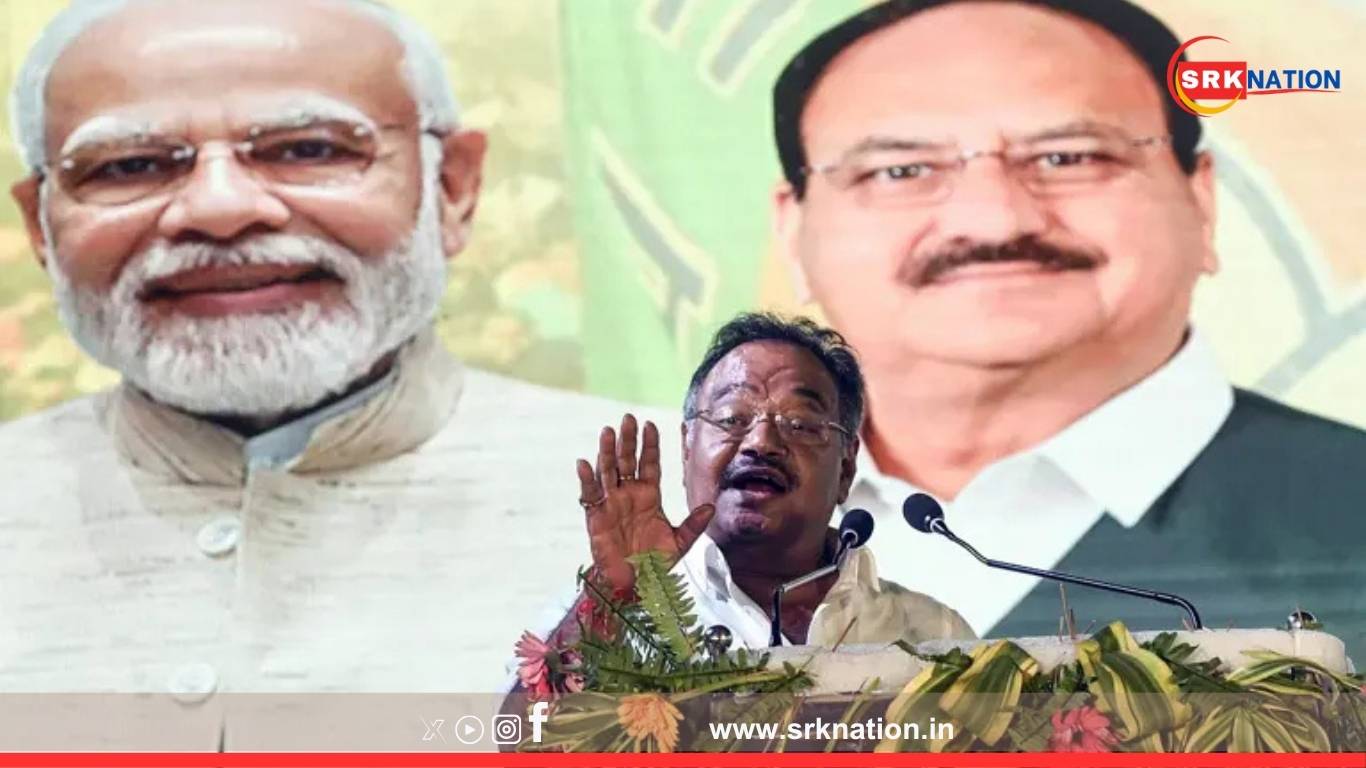
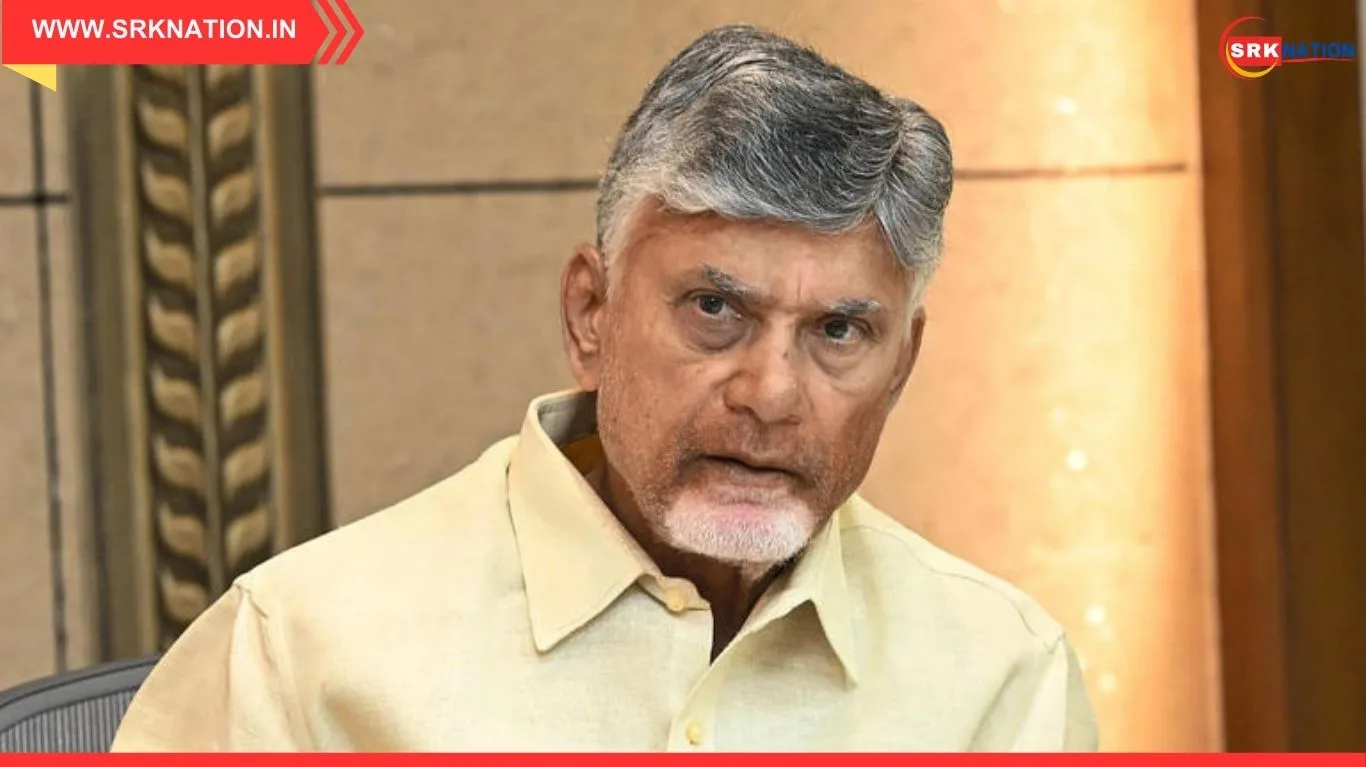
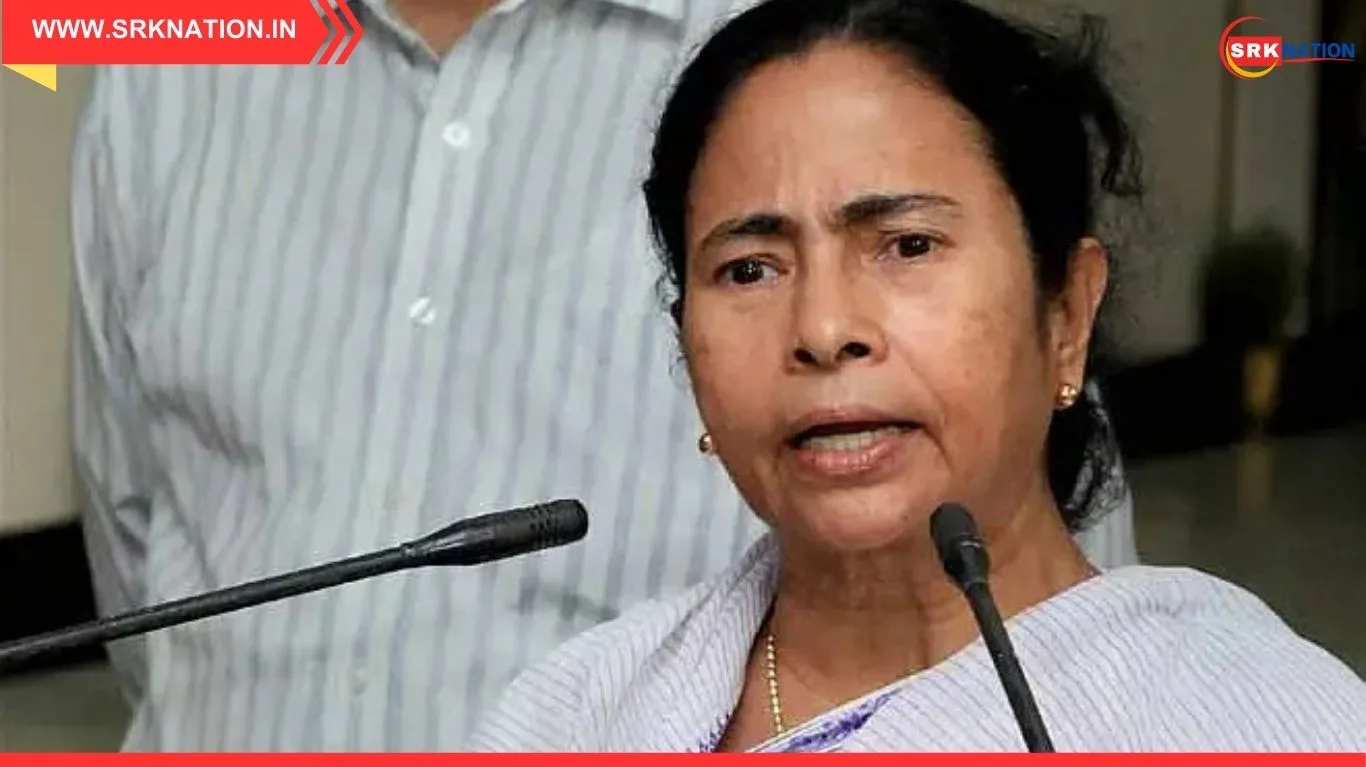
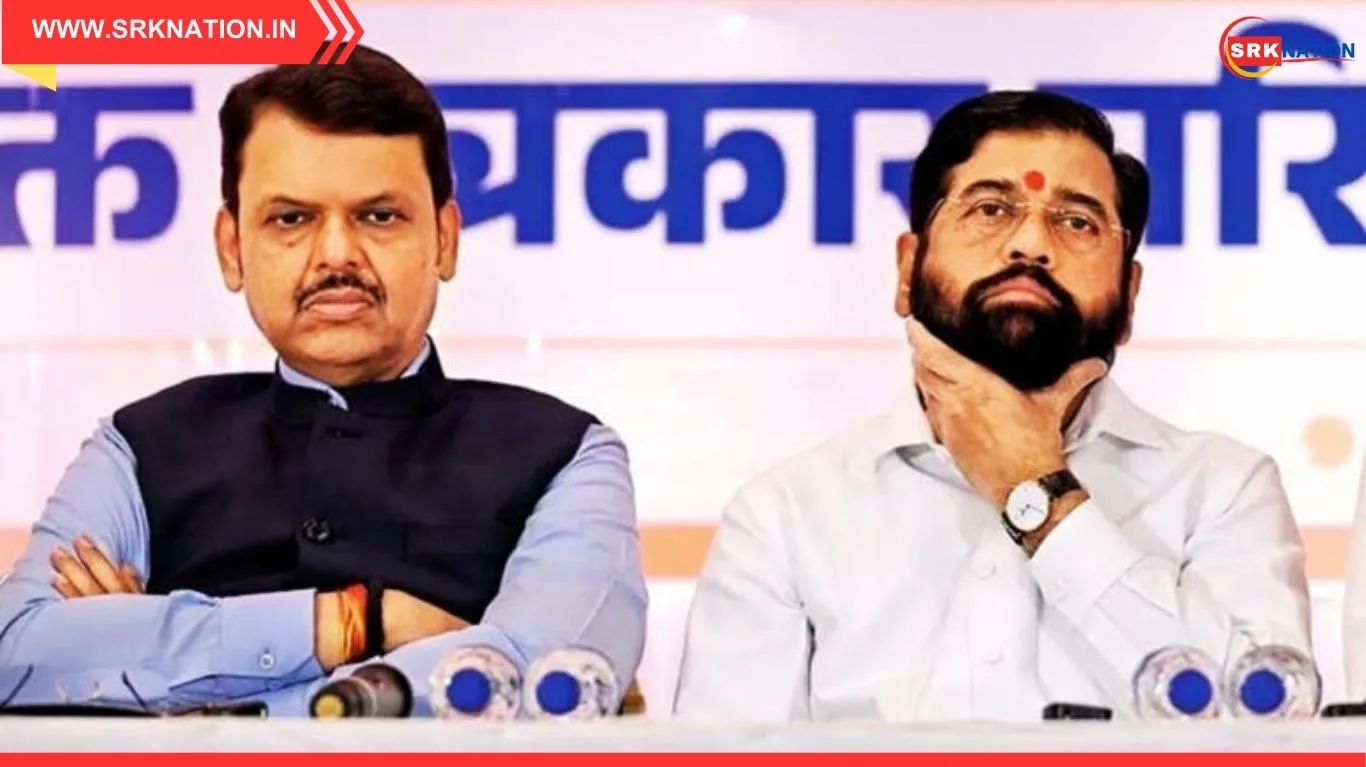
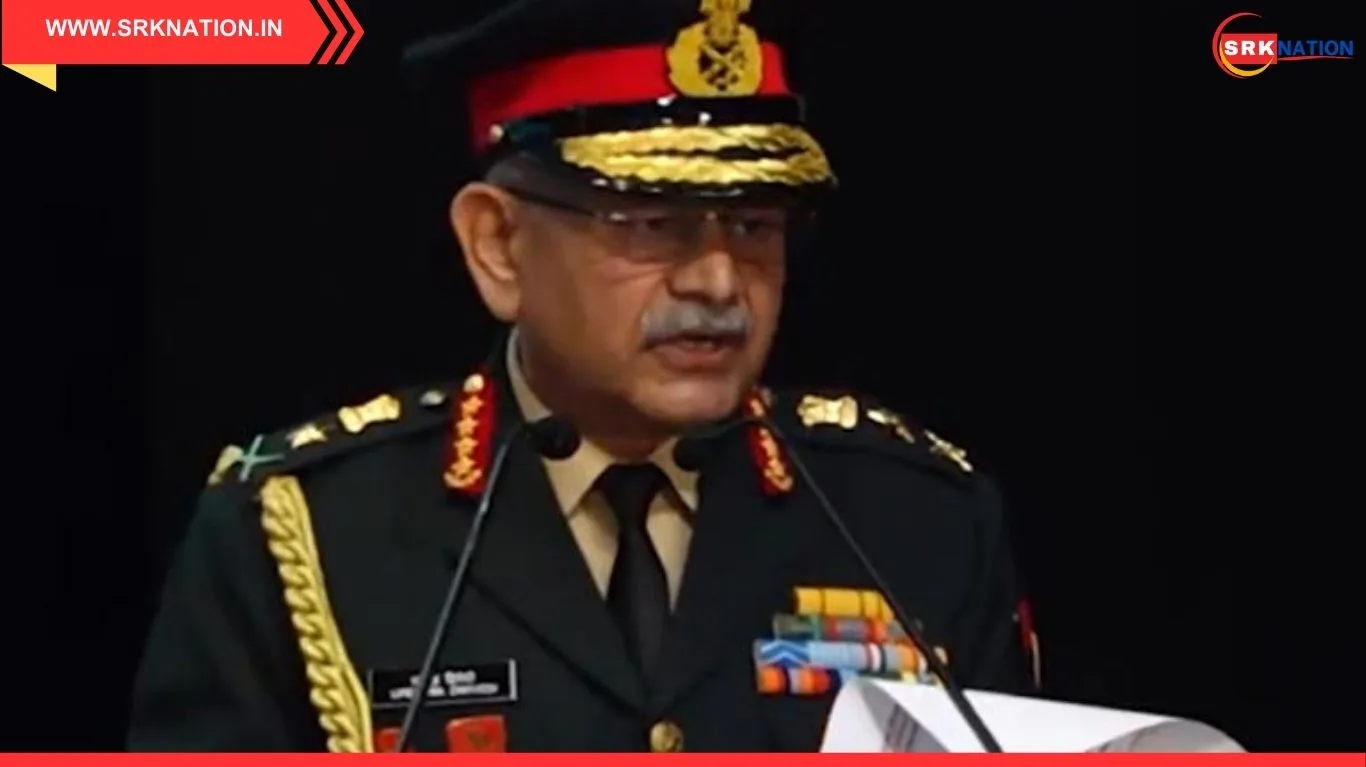
Hello,
We ran a 30-second scan of Srknation In and found:
– No cookie-consent banner detected
– Privacy-policy link missing/404
– Accessibility score 68/100 (Lighthouse)
These gaps put the site inside the €2–7k GDPR/CPRA fine bracket.
Fixing it is painless: our 5-minute kit adds a compliant privacy page, a 2 kB cookie banner, and an a11y toggle.
See for more details → complianceservice.solutions
— Adam @ Compliance Service
support@complianceservice.solutions
Reply STOP to unsubscribe